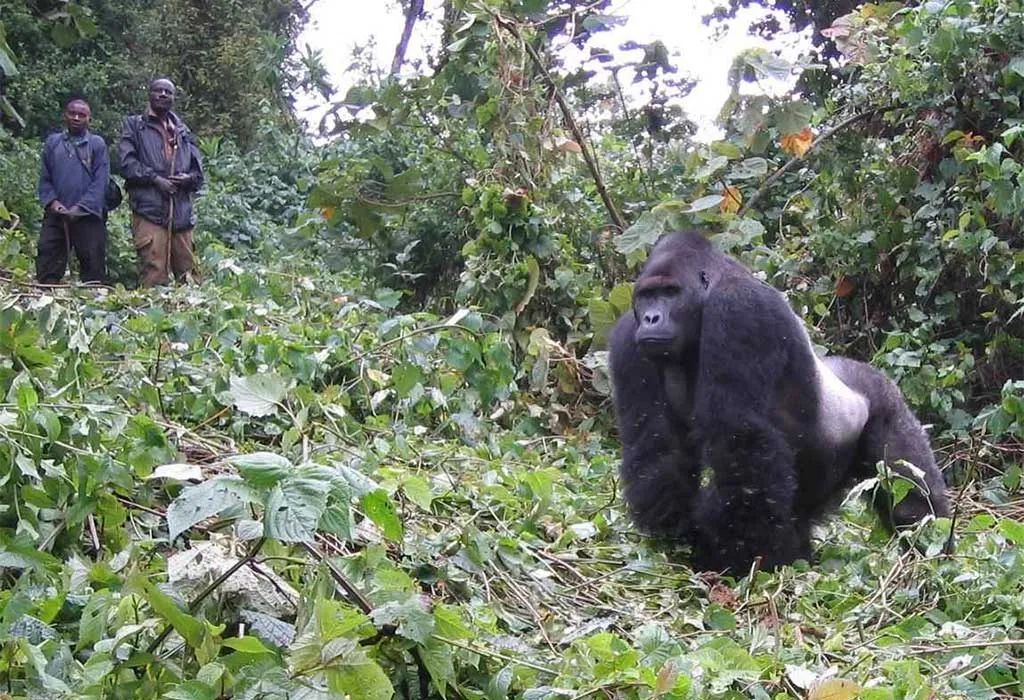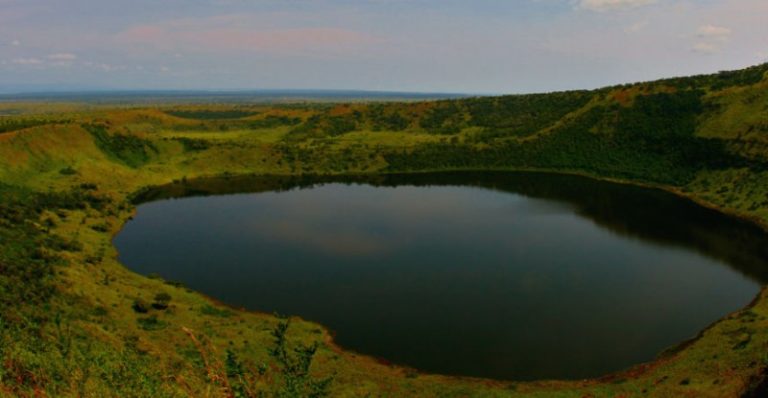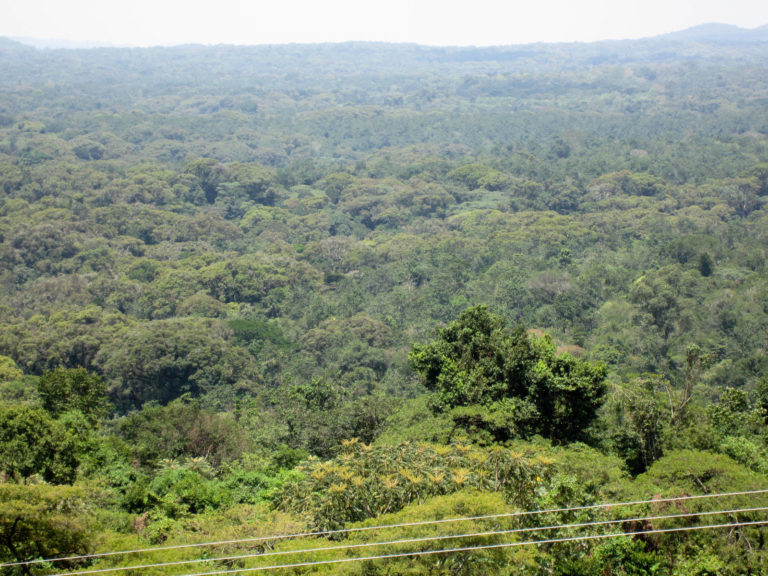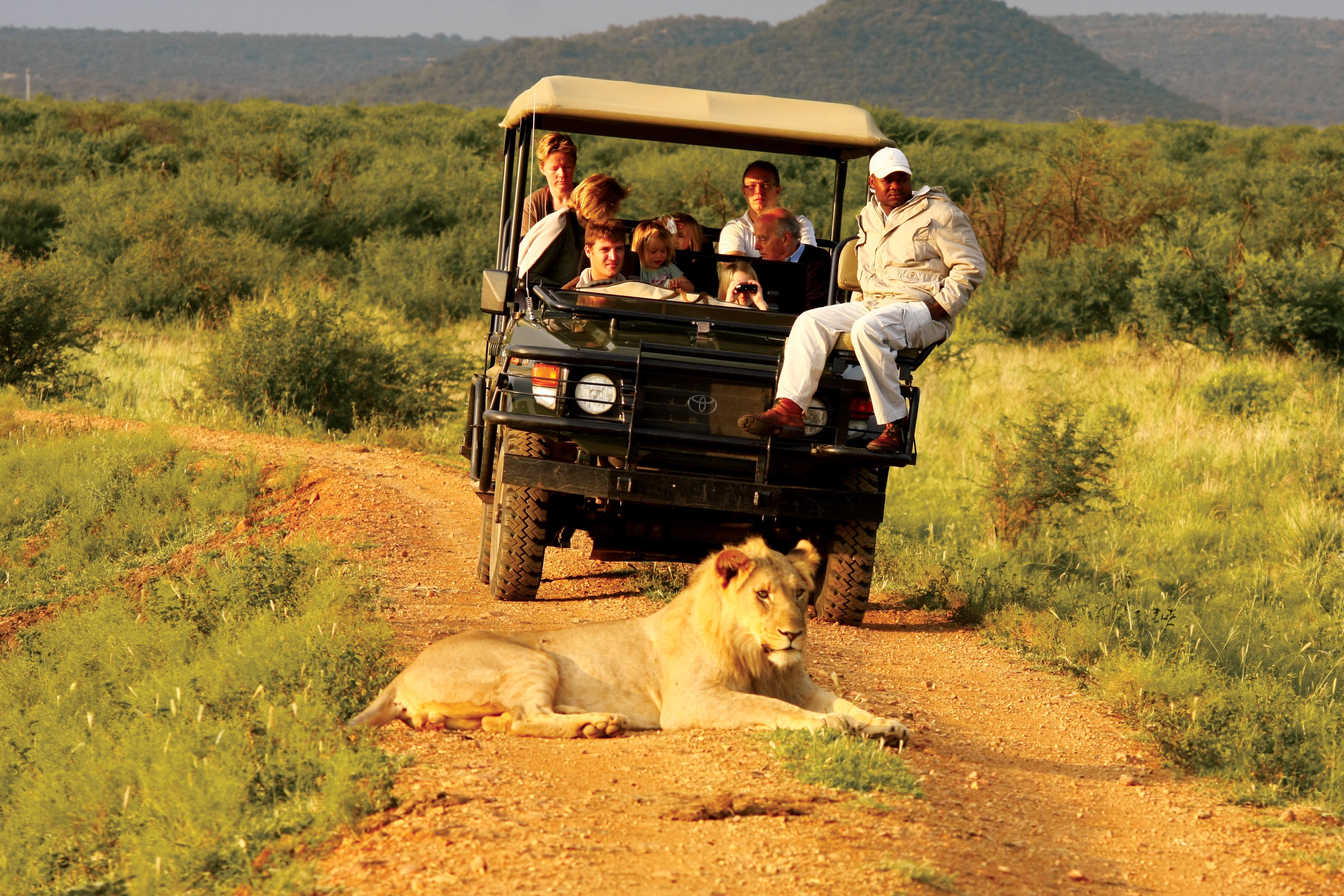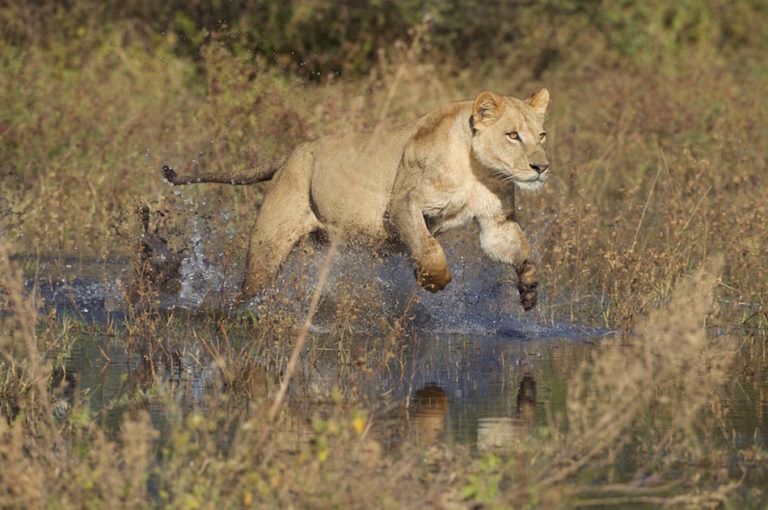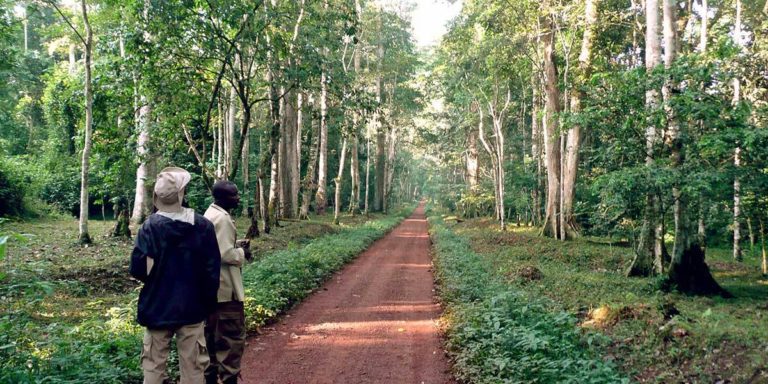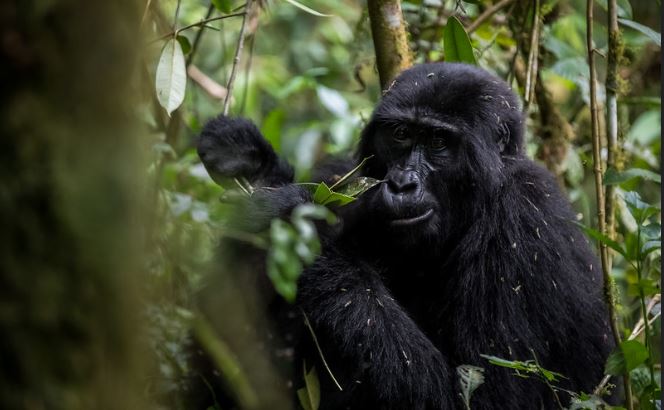A Blackback Vs Silverback gorilla
A Blackback Vs Silverback gorilla
A Blackback Vs Silverback gorilla: What is the difference between a blackback and a silverback gorilla? Discover more about blackback vs silverback gorillas in the wild including quick facts, age, size, habitat, strength, behaviors, height, and more.
Detailed info about a Blackback Vs Silverback gorilla.
What is a silverback gorilla?
A silverback gorilla is an adult male gorilla with a swathe of silver-like hair on its back. They are often famed for displaying aggression and dominance, especially whooping, chest-beating, and charging, as well as tree slapping and more.
A typical silverback mountain gorilla weighs about 195 kg (430 pounds), and can stand 5 feet (1.5 m) tall.
Silverback gorillas are remarkably strong and are capable of lifting to 800 kg of dead weight. This is about twice as much as a well-trained weightlifter. Silverback gorillas use their immense strength to fell trees to get the fruits.
What is a blackback gorilla? -A Blackback Vs Silverback gorilla
The blackback gorillas are the male gorillas that are too old to be juveniles and also too young to be referred to as silverbacks.
Age difference (A Blackback Vs Silverback gorilla)
A male gorilla becomes a silverback when it turns 12 years and above. The blackback gorillas’ age ranges from around 8-12. The black backs at this age grow thick and black fur while the silverback gorillas get silver kind of hair on their backs.
Silverback gorillas lead the entire group that can comprise blackback gorillas, females, infants, and juveniles. A normal gorilla group can comprise of 5 to 35 members and the silverback takes control of the whole family.
Silverback gorilla is the biggest in the family and can be identified from the rest using the silver-like hair on its back.
Quick facts about silverback gorillas; size, height, and lifespan
Gorillas live in families that are headed by silverback gorillas. The silverback gorilla isn’t a different gorilla species but rather a mature male gorilla. Silverback mountain gorillas grow grayish-white hairline on the back and shoulders. A male that is still a juvenile and not yet a grown-up silverback is called a black back.
Silverback gorillas are massive in size compared to females. The silverback gorillas weigh about 270 kg. Male gorillas become adults when they reach 8 (eight) years. It is around this age bracket when most of the males often decide to leave the original families to form their own.
It is around this age when the hair of gorillas starts turning greyish. A mature and lone blackback or silverback gorilla can stay close to a particular family and try to dethrone the dominant silverback, especially when they become strong. In case he fails to overthrow the dominant leader of the group, he can try to steal some females from the family.
Some males tend not to leave the main family even when they reach maturity age. They keep loyal to the dominant silverback and also assist in the protection of the family from intruders. This kind of arrangement is common with mountain gorillas unlike with the western lowland gorillas.
While it is possible to find many silverbacks in a single gorilla family, the family can only have one silverback. The dominant male of the group has 100% authority and dictates what it is to be done and when in the course of the day. He is the one who determines when to set off for eating, resting and above all, he is entitled to mating with all the females in the family.
Gorilla mating is usually initiated by the female upon reaching maturity age. The dominant silverback gorilla takes control of the family comprising of 5-35 members. The family can have infants, juveniles, and adult males.
Strength of the silverback gorilla
A mature male gorilla is estimated to be twice the weight of an adult man. The silverback gorilla is about 9 times stronger than the adult male. They have body weight and remarkable strength thanks to their robust ratio of muscle mass.
Are silverback gorillas aggressive?
A dominant silverback gorilla leads by example and with charisma. Often, the silverback is peaceful, and rarely does he use force, except when provoked. When an intruder gets o threatens the family, then the dominant gorilla can react.
What do silverback gorillas feed?
Silverback gorillas like other gorillas depend on the plants, shoots, fruits, and leaves. At times, they also depend on termites, insects, and ants. Silverback gorillas can also feed on flowers, tree bark, and fungi.
Best places to find the blackback & silverback gorillas in Africa?
In Africa, the best places to find silverback and blackback gorillas include Uganda, Rwanda, and Congo. In Uganda, silverbacks and blackbacks can be spotted in Bwindi Impenetrable National Park and Mgahinga National Park. These two parks protect up to about 25 gorilla groups that exist in the 5 regions –Ruhija, Buhoma, Nkuringo, and Rushaga sectors.
In Rwanda, visit Volcanoes National Park in Ruhengeri. While in the Democratic Republic of Congo (DRC), black backs and silverback gorillas thrive in the Virunga National Park (for mountain gorillas) then Kahuzi-Biega National Park and Maiko National Park –for the Eastern lowland gorillas.
How to see blackback and silverback gorillas in Africa?
To see the blackback and silverback gorillas in Uganda, Rwanda, and Congo, you should plan and book a gorilla tour with Maranatha Tours and Travel. Contact our team via info@adventureugandasafaris.comor call: +256 414 231 454 | +256 772 636 412.
How many silverback gorillas are in the world?
The exact number of silverback gorillas isn’t known because it varies depending on the gorilla families. The same with black backs, their population varies significantly depending on a number of factors, especially the available gorilla families.
Blackback and silverback gorilla trekking permits in Uganda, Rwanda, and Congo.
The cost of gorilla permits for trekking blackback and silverback gorillas differs depending on the destination. In Uganda, a single gorilla permit costs USD 800 per person, then in Rwanda, you can book a permit at USD 1500 per visitor. If you are visiting the Democratic Republic of the Congo (DRC), a permit costs USD 450 per visitor and the charge applies to all gorilla safaris to see mountain gorillas and eastern lowland silverback gorillas.
When to go to see the blackback and silverback gorillas?
Silverback and blackback gorillas can be encountered at any time of the year. However, the dry months are the best to travel to Uganda, Rwanda, and Congo to explore the silverback and blackback gorillas in their natural habitat. The dry season occurs in the months of June, July, August, September, December, January, to February.
Minimum age limit for blackback and silverback gorilla trekking
Black back Vs silverback gorillas: The acceptable age limit to consider for trekking the blackback and silverback gorillas in the wild is 15 years and above.
Conclusively, blackback and silverback gorillas are must-see on gorilla tours. The two are distinct in one way or the other. Visit Uganda, Rwanda, or Congo to have a deep understanding of the difference between blackback and silverback gorillas in the wild.
Popular Tours – A Blackback Vs Silverback gorilla
3 Days Bwindi Gorilla Trekking Tour
3 Days Bwindi Gorilla Trekking Tour is the best budget and Short Uganda Safaris Tour package designed for you to get up close with a group of mountain gorillas while in their natural habitat. Bwindi Impenetrable National Park is in southwestern Uganda, 530 kilometers that is approximately 8-10 hours’ drive from Entebbe or Kampala city center and 3-4 hours by road from Kigali. Read more
4 days Rwanda double gorilla trek
4 days Rwanda double gorilla trek involves trekking mountain gorillas in Volcanoes National Park twice. This double gorilla trekking safari package in Volcanoes National Park takes you through two distinct habituated groups each having unique story to share. Explore our 4 days Rwanda double gorilla trek

